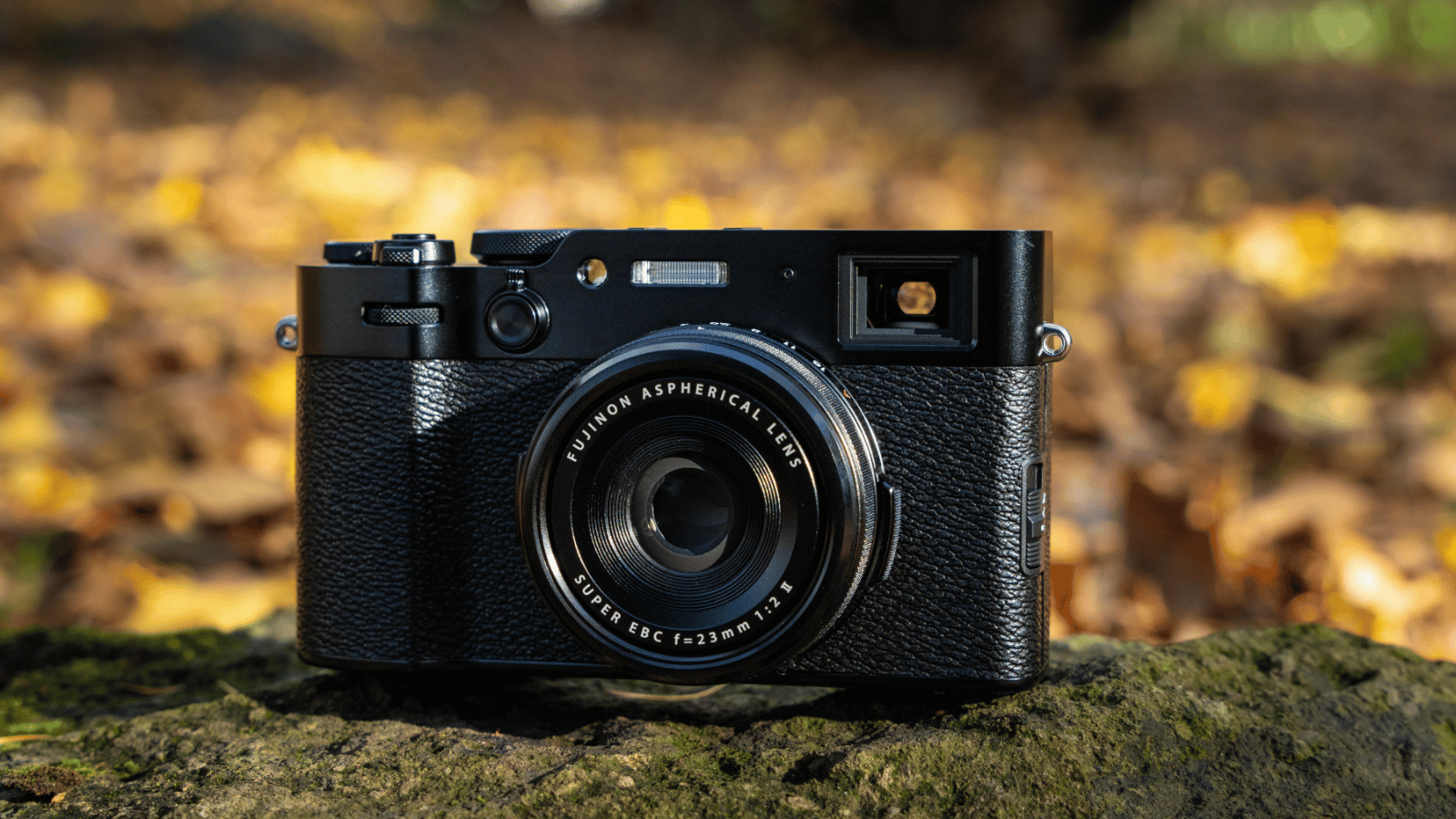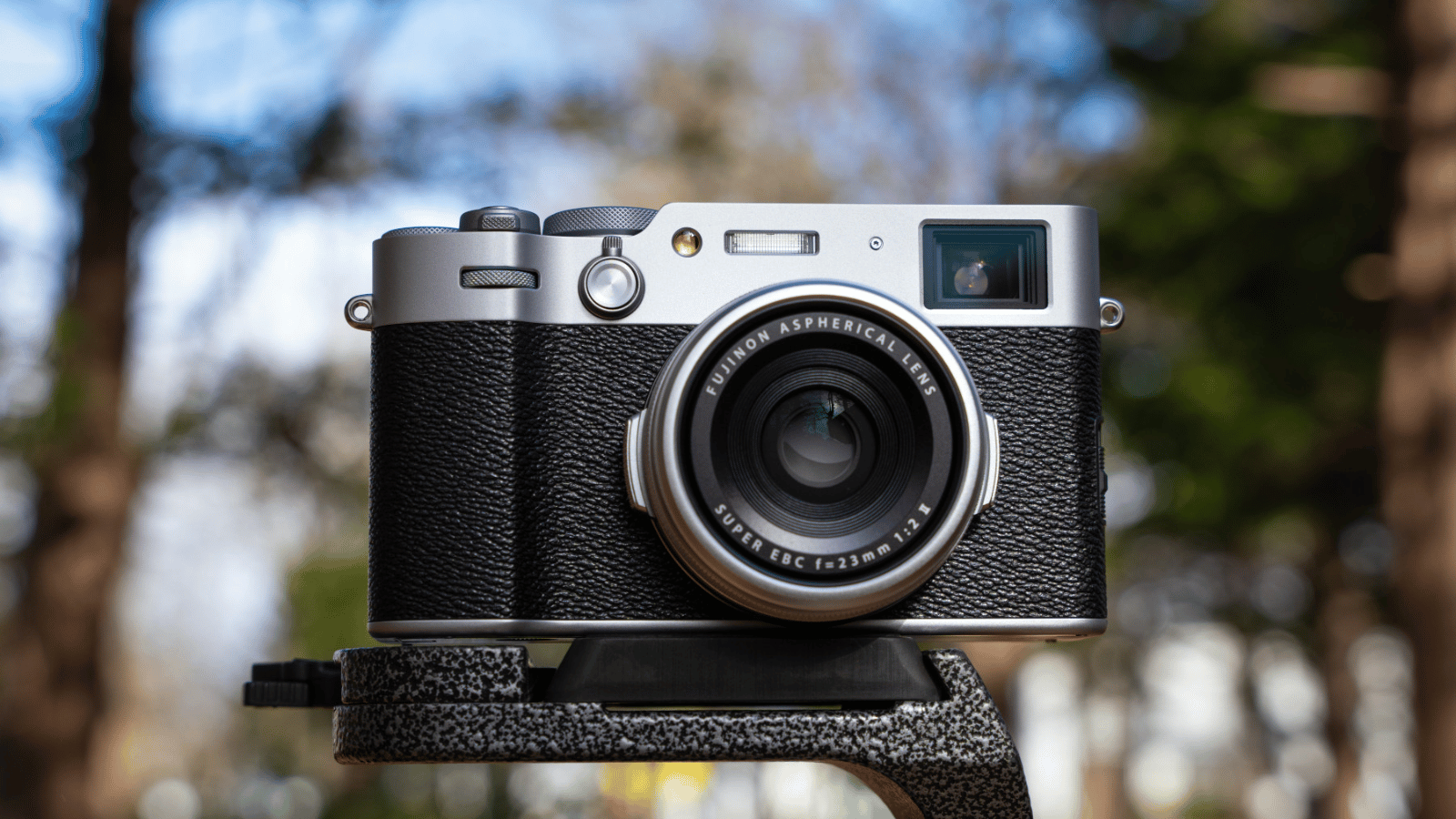Remember Fujifilm’s X100V? If you’ve been around on photography-TikTok for longer than a few minutes, you probably do. The camera became so revered across TikTok and other social media that it had the camera-maker frothing at the mouth to hit the market with a follow-up that retained all the pizazz but with more… flavour. Meet the X100VI — a feature-packed successor that’ll arrive on South Africa’s shores in March 2024.
The X100VI isn’t some washed-up spiritual successor intent on riding on the X100V’s coat-tails. Okay, it is — but that’s not its whole schtick. Fuji’s gone to great lengths to make this an upgrade worth having, even if the bumped-up price is a little harder to swallow. It’s wearing a $1,600 price tag in the US — up $200 from the original. That’ll translate to R34,000 when it lands in South Africa in March.
Expensive, not expansive
We can’t blame Fuji for holding onto a nearly identical design where the X100VI is concerned. Part of the original’s appeal was its small stature — and why mess with a good thing? The hybrid viewfinder has stuck around, holding onto the same OLED display and simple switching abilities we saw last time ’round.
That isn’t to say it’s all recycled content. It’ll weigh around 43g more than its older sibling and adds 2mm of depth to the main body. The grip has been “fine-tuned” for a more comfortable hold, and it’s had its back buttons rearranged to get out of your right hand’s way. Small changes, sure, but it allowed the brunt of the budget to go somewhere more important — internals.
The camera of my eye
If you’re unfamiliar with the X100 series, it and the original are mirrorless digital cameras at heart. Where the X100VI trumps the original is in the inclusion of Fuji’s latest 40.2-megapixel X-Trans CMOS 5 HR sensor and X-Processor 5 engine keeping it all running. It’s also managed to somehow shove in 5-axis in-body image stabilization (IBIS) functionality — all without compromising on that so-portable chassis.
Couple those upgrades with the 23mm f/2 fixed lens and six stops of stabilization from the IBIS functionality, and you’ve got a camera that’s far more capable of stepping into more real-world situations and environments and performing well. It’s a whole lot faster than the original, too, thanks to the X-Processor 5 engine and will spew out images at a higher resolution with the new 40.2-megapixel sensor.
It’s also upped its video-shooting powers, now entering into 6.2K/30P territory, up from the older model’s 4K capabilities. Oh, and because it’s 2024, Fuji’s employed “deep learning AI technology to detect and keep focus locked on continuously moving subjects, such as animals, birds, cars, motorcycles, aeroplanes, insects and drones.”
It’s all let down slightly by rocking the same UHS-1 SD card slot and battery featured in the X100V. We get it — size restraints and all — but we’d have liked the option to get a full day of photography without a nearby wall socket. If you’ve got the funds, a spare battery wouldn’t go amiss.







